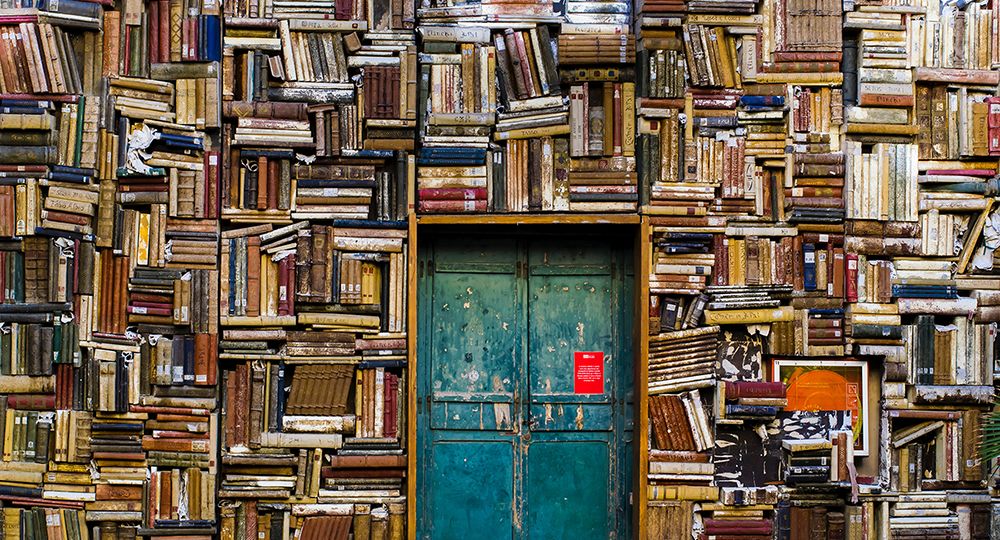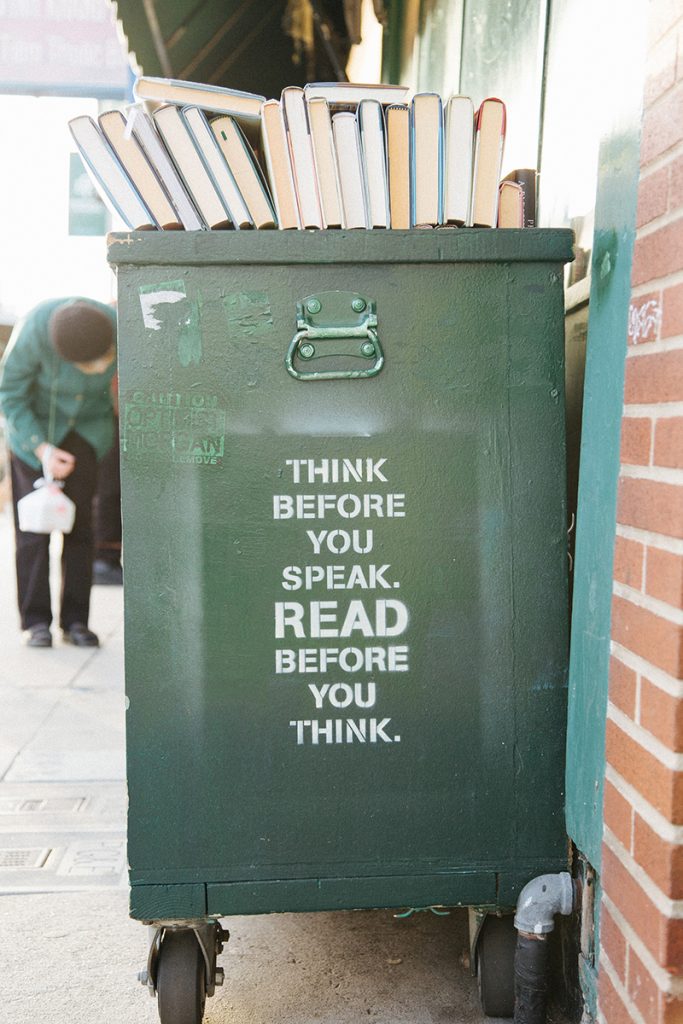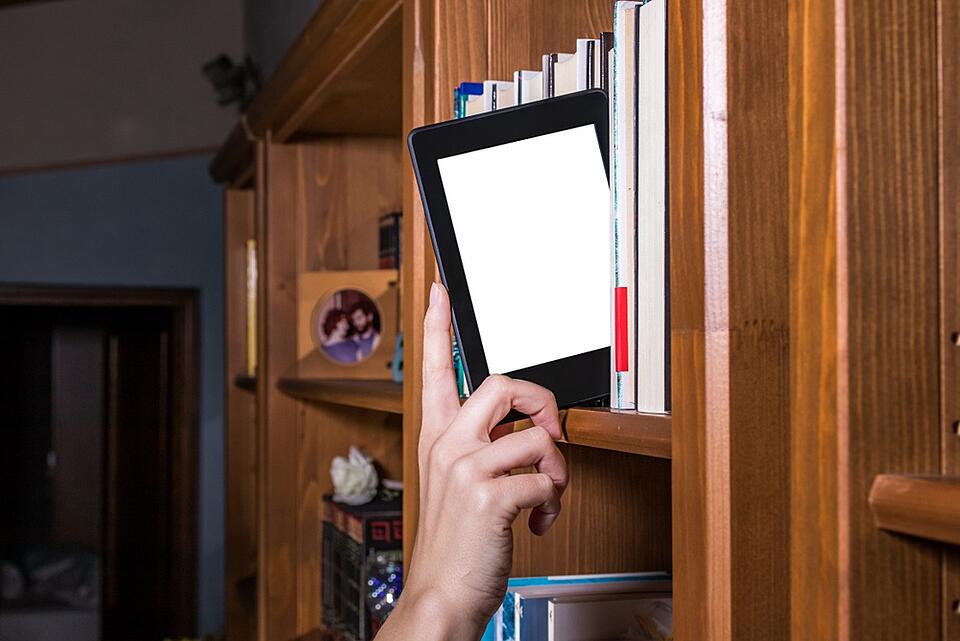

How to digitize from image capture to dissemination?
One of the many challenges facings libraries and archives today is how to move from paper to digital.
Many libraries and archives would like to plan digitization projects, but they do not have the time nor the expertise to do so.
Among the reasons for implementing a digitization projects can be:
- Creating a digital copy to create an archival or “back-up copy”
- Reducing the handling of fragile original collections
- Sharing the collections online worldwide for researchers, students and patrons.
- Enhance the online digital presence of the institutions
Before beginning a project, the funding, skills, expertise and infrastructure should be taken into account.
So the question is: How does an institution get started?
Evaluating the physical collections

A collection evaluation would be the first step, defining the quantity of material that would need to be digitized and establishing the parameters for developing the collections. Libraries and archives store several types of items that can be digitized (books, fold-outs, maps, loose sheets, manuscripts, magazines, newspapers, photographs, microfilms…). The assessment will determine the state of items such as documents: fragile documents, documents that cannot be fully open, documents that cannot be moved, documents that require restoration.
After this assessment, an inventory of the documents can be planned. The material will be selected by experts within the institution. The collection is created and added to a digital catalog where all the metadata is indexed.
Definition of a digitization project’s objectives
A digitization project could have one or several goals:
- Simple Archiving
- Long term preservation
- Items that can be shared with other repositories
- Documents on demand for patrons,
- Dissemination of information
- Creating a digital library
- Have collections accessible on mobile devices
- Integration with other content systems
The digitization team will establish a timeline for the project and define the file formats , the resolution quality, the file sizes needed, and any IT related requirements. The team will also outline what items would need to have OCR date and which metadata fields would be required. The final goal of the plan would be to define and setup the platform that would be used to access the content.
Needs assessment
Once the collection has been defined, decisions are then needed to determine what tools would be required to implement the project.
For scanning dedicated book scanners should be selected. There are several scanners available on the market but a professional scanner is recommended.
Depending on the format of the document (from A3 to A000), and the type of document (books, newspaper, maps…), one or more scanners may be needed. Experts in digitization, such as book scanner vendors can help analyze what would work best.
To help understand which of the various high-quality image scanners should be used, the ISO 19264 standard was defined and published in April 2017: ISO/TS 19264-1:2017. This ISO standard applies to scanners and digital cameras used for digitization and describes a method for analyzing imaging systems quality in cultural heritage imaging.
In creating and publishing collections, additional software could be needed to:
- Improve raw images with dedicated post processing solutions.
- Do quality control
- Import and export metadata
- Make documents searchable through OCR
For publication, the institution will use their own platform or create a new digital repository.
Lastly, it is important to take into consideration the physical space that will be needed in the room.

The future of the heritage digitization
The project must be sustainable. It is important for library administrators to understand that digital projects require a regular ongoing commitment of resources and staff time. Grant funding will help the library or archive providing resources for the first years but extra money will be needed to keep the digital project updated and accessible.
